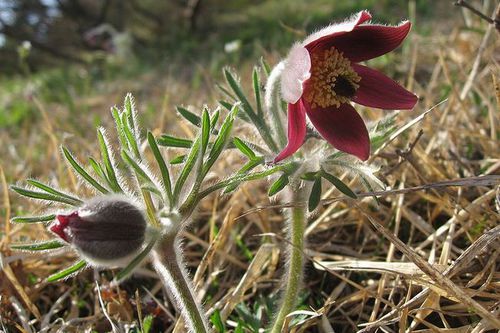March 27, 2017
Poor Placement of Protected Areas May Result in Vicious Cycle Leading to Extinction
Keywords: Ecosystems / Biodiversity

Image by Qwert1234 Some Rights Reserved.
Tokyo University of Agriculture and Technology announced on November 7, 2016, the results of a study on protected areas (PAs). The study demonstrates that PAs such as national parks are effective in decelerating local extinctions of plants. On the other hand, the study verifies that the repeated establishment of new PAs without considering plant distribution leads to an increase in extinction risk of narrowly distributed species.
The study team consists of the National Institute for Environmental Studies (NIES), the Nature Conservation Society of Japan (NACS-J), and members from the University of Queensland, in addition to Tokyo University of Agriculture and Technology. The team analyzed data pertaining to 1,572 species and obtained from research conducted in order to compile the Red List of Japan. As a result, the team verified that the distribution area of narrowly distributed species is less likely to overlap PAs than is that of widespread species. Quite a few plants, more than 250 species, are distributed exclusively outside PAs.
The research also shows that local extinction inside PAs is less than two-thirds of that outside PAs. As narrowly distributed species are more likely to be distributed outside PAs, they are more vulnerable to local extinction, and thus fall victim to a "vicious cycle to extinction," in which the local extinction results in an even narrower distribution.
The results of simulation analysis indicate that the repeated placement of PAs without considering the actual distribution of plants will result in this vicious cycle to extinction. The team has concluded that in order to prevent extinctions, smart protected area placement, with consideration given to the distribution of plants targeted for conservation, is essential.
Related
"JFS Newsletter"
- 'What Are the Roles of Zoos Today?' - Interview with Director of the Popular Asahiyama Zoo
- Nishiawakura's Initiative for 100% Energy Self-Sufficiency, and a Municipal ICO Scheme
- 15-Year Integrated Forest Environment Education in Shimokawa, Hokkaido to Support Sustainable Forest Management
- Fifth Contest to Award Excellent Environmental and Social Practices by Junior High, High School Students
- Increase Revenues without Increasing Catches -- How the Sustainable Sakura Shrimp Fishery in Suruga Bay Does It


